Many of the athletes I train on a regular basis are somewhere between beginner level CrossFitters and competitive athletes.
These intermediate level CrossFitters are at a pivotal point in their training. They have most of the movements down and can perform a majority of the workouts as prescribed without having to scale exercises or weights; however, they are lacking in strength or ability in a number of areas which is stunting their overall progress as an athlete. They are unable to reach to that next level because of these deficiencies and so they feel they are no longer improving.
The transition from beginner to intermediate CrossFit is both exciting and challenging. It’s a stage where the foundational movements are understood, most workouts are completed as prescribed, and there’s growing confidence in performance. However, this is also the phase where many athletes begin to plateau in progress, unsure how to take their training to the next level.
For these athletes, creating a realistic but challenging indicator list will be critical. Setting new PRs or failing to PR will prove where the athlete has been focusing his/her attention and where they need to spend more time.
If you’re an intermediate-level CrossFitter looking to push past these barriers, the key lies in strategic planning, consistent benchmarking, and targeted development in key areas like strength, gymnastics, and metabolic conditioning. In this guide, we’ll explore what defines an intermediate CrossFit athlete, the biggest challenges faced, and how to overcome them with structured programming and performance tracking.
Who Is an Intermediate CrossFit Athlete?
An intermediate CrossFit athlete is someone who:
- Has 6 months to 2 years of consistent training experience.
- Can perform most WODs as prescribed (Rx).
- Understands movement standards and Olympic lifts.
- Has basic gymnastic skills like pull-ups, handstand holds, and rope climbs.
- Is looking to improve competitive performance or transition to advanced programming.
At this level, the goal is no longer just to finish workouts — it’s to improve times, increase weights, and optimize movement efficiency. But many intermediate athletes find themselves stuck in the middle — no longer beginners, but not quite elite.
The Common Plateau: Why It Happens
Most plateaus occur when an athlete’s training becomes too routine. Without new stimulus or focused development, performance levels out. Key reasons include:
- Neglecting skill refinement: Gymnastics and Olympic lifts require constant work to maintain technique and efficiency.
- Inconsistent strength progression: Lifting without a plan stalls strength gains.
- No performance tracking: Without benchmarks, athletes can’t identify weaknesses or measure progress.
- Lack of personalized programming: Group classes are great, but athletes need individualized focus to break through.
To move forward, intermediate CrossFitters must take control of their development with strategic benchmarks, goal-based training, and deliberate progression.
Essential Benchmarks for Intermediate CrossFit Training
To measure progress and guide programming, it’s essential to regularly test key functional fitness movements. Below are five core movements that every intermediate athlete should monitor.
1. Chest-to-Bar (C2B) Pull-Ups
Why it matters: C2B pull-ups are a staple in Open workouts and require strength, rhythm, and stamina. Mastery here also sets the stage for bar muscle-ups.
Benchmarks:
- Max unbroken reps: Track every 4-6 weeks.
- 15-12-9 reps for time: Rest 2 minutes between rounds. Measure speed and consistency.
Progression tips:
- Include kipping and butterfly variations in warmups.
- Add weighted pull-up sets to build upper-body pulling strength.
2. Handstand Push-Ups (HSPUs)
Why it matters: HSPUs test shoulder strength and gymnastic control. Intermediate athletes should build capacity with both strict and kipping variations.
Benchmarks:
- 20-Minute EMOM: Start with 2 reps every minute. Increase to 3 reps over time.
- Handstand Hold + AMRAP HSPUs: Hold for 1 min, rest, then max reps in 1 min.
Progression tips:
- Practice wall-facing holds to improve alignment.
- Incorporate dumbbell presses to strengthen deltoids and triceps.
3. Rope Climbs
Why it matters: Rope climbs require upper body pulling power and core engagement — essential for competitive CrossFit.
Benchmarks:
- 10 rope climbs for time
- 5 rounds for time: 100m sprint + 1 rope climb + 30 seconds rest
Progression tips:
- Focus on efficient foot lock technique (J-hook or S-hook).
- Combine rope climbs with sprints or burpees to mimic competition fatigue.
4. Ring Dips
Why it matters: Proficient ring dips build stability and pressing strength — key for muscle-ups and ring-based WODs.
Benchmarks:
- 45 reps in the fewest sets
- Tabata ring dips (20s on/10s off x 8 rounds)
Progression tips:
- Use tempo dips (3s down, 1s hold) to build control.
- Superset with push-ups or triceps extensions for volume training.
5. Squat Cleans
Why it matters: Squat cleaning demands mobility, speed, strength, and coordination. They are a frequent component of Open and qualifier workouts.
Benchmarks:
- 2 reps EMOM for 15 minutes: Track total weight lifted.
- Max unbroken complex: 1 clean pull + 1 squat clean + 1 front squat
Progression tips:
- Drill technique at moderate weights before progressing.
- Work on front squat strength and hip extension.
How to Structure Your Intermediate CrossFit Training
To make consistent gains, intermediate athletes should structure their training around four key pillars:
1. Progressive Overload Strength Cycles
Follow a clear strength cycle (e.g., 5-3-1, linear progression, or Wendler) targeting the squat, deadlift, and Olympic lifts. Log numbers and progressively increase load while maintaining form.
2. Skill Development Blocks
Dedicate specific sessions each week to gymnastics (pull-ups, muscle-ups, handstands) and Olympic weightlifting. Break down skills into progressions and film your technique to self-assess.
3. Energy System Conditioning
Train across multiple time domains:
- Short (0–3 min): Sprint-style WODs and intervals
- Moderate (5–10 min): Classic CrossFit MetCons
- Long (12+ min): Chippers and aerobic sessions
Use heart rate training to balance intensity and recovery.
4. Active Recovery and Mobility
Recovery matters more as the intensity rises. Incorporate:
- Foam rolling and stretching
- Easy aerobic sessions (rowing, biking)
- Restorative yoga or movement flow
Tracking Progress: The Athlete Journal
Use a training log or app to record:
- Weekly benchmarks
- WOD times and scores
- PRs in lifts and gymnastic reps
- Notes on energy, sleep, and soreness
Tracking removes guesswork, builds motivation, and shows you what’s working.
Final Advice: Don’t Just Train—Train with Purpose
Intermediate CrossFit athletes can experience exponential growth with a more refined approach. The key is to train with purpose — not just intensity. By focusing on gymnastics skill development, progressive strength training, and benchmark testing, athletes can move past the plateau and toward elite performance.
It’s no longer about surviving the workout — it’s about mastering it.



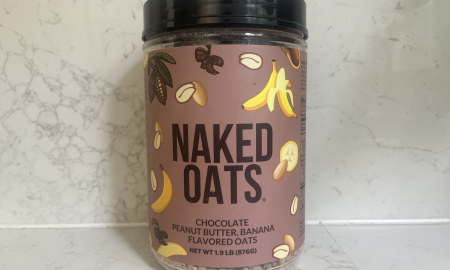

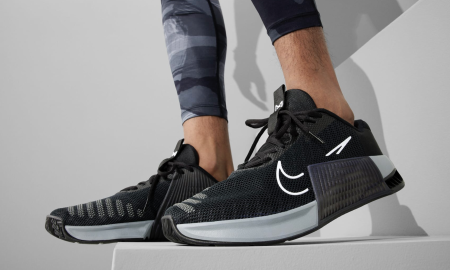
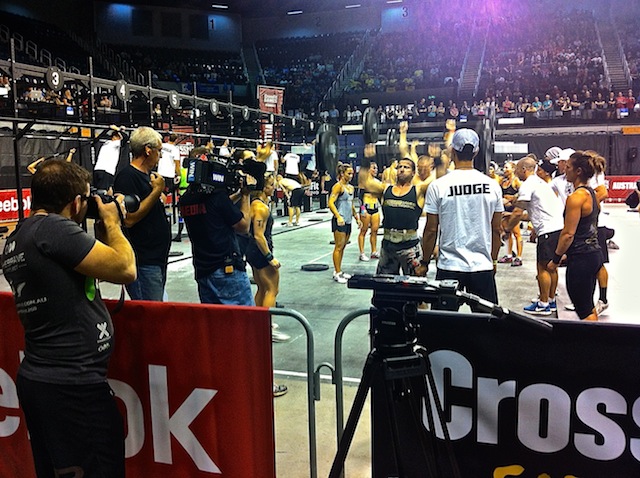

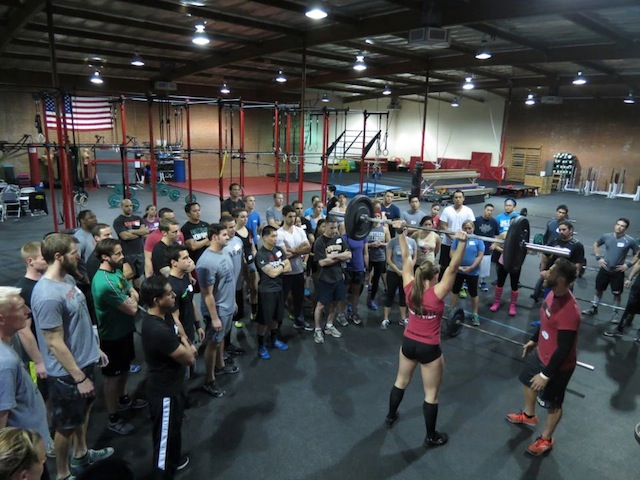



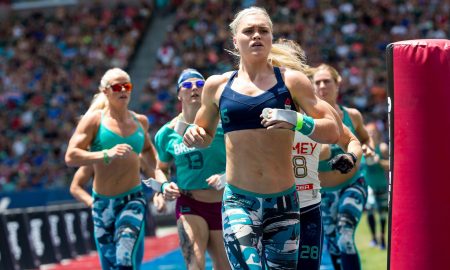

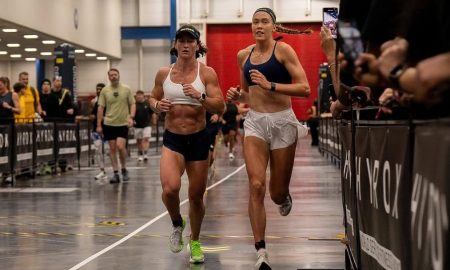
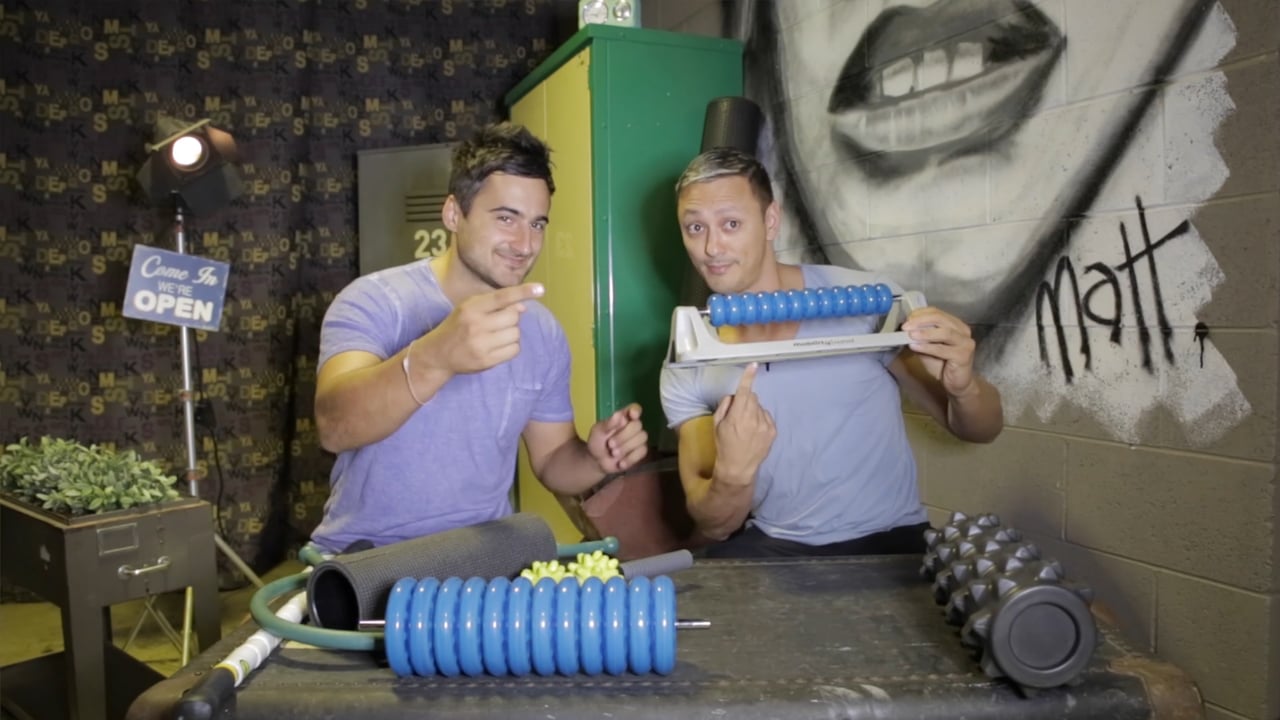
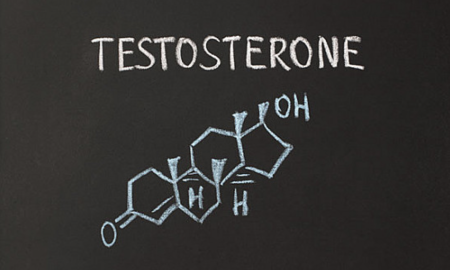
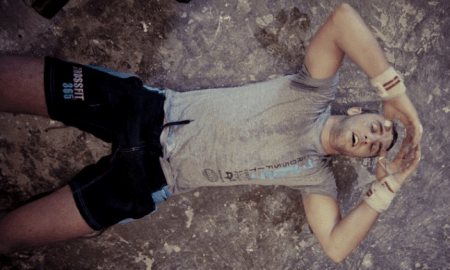
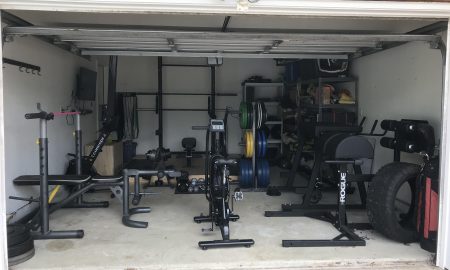
Follow Us